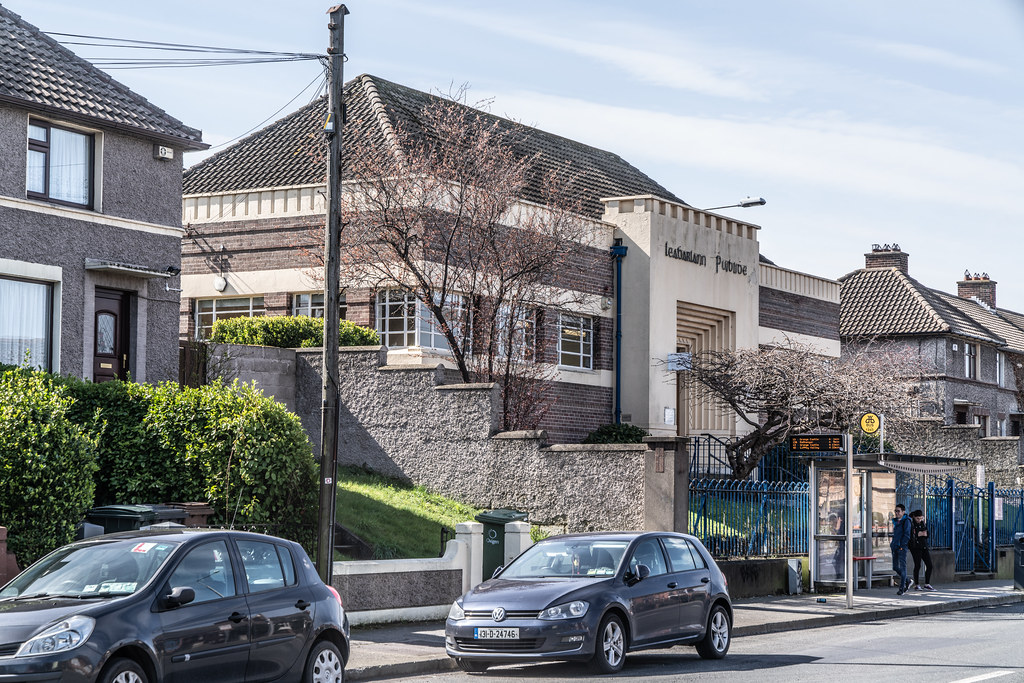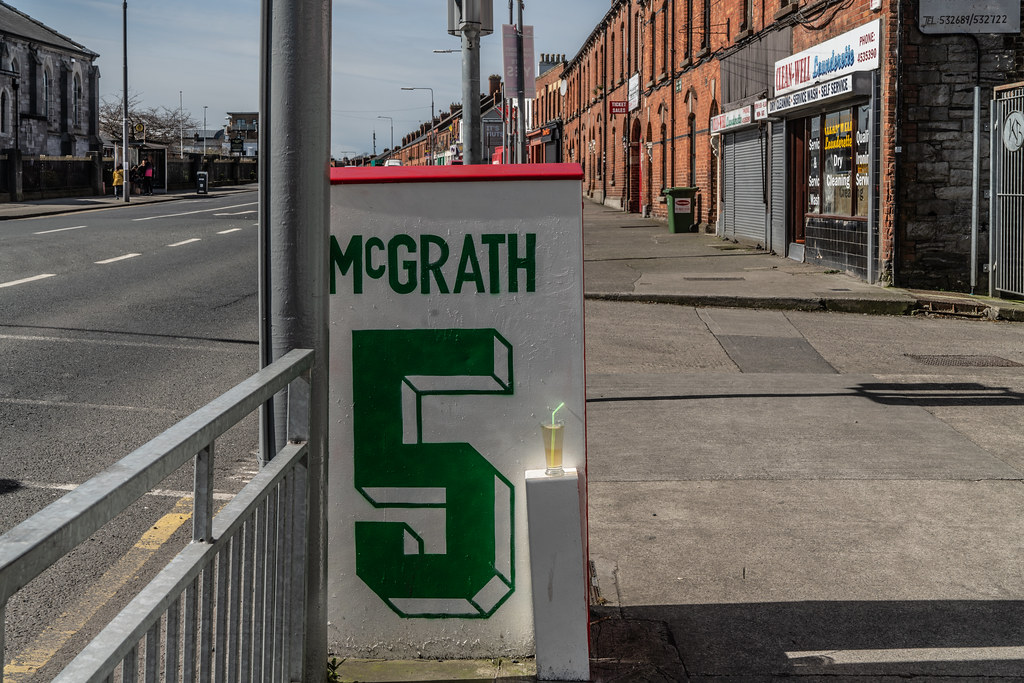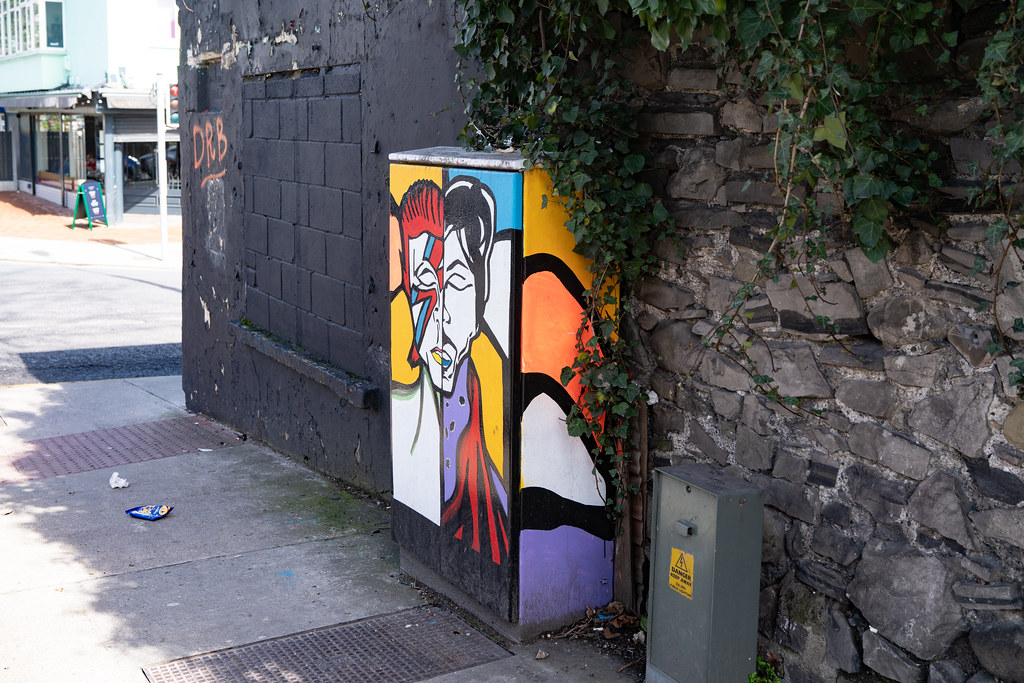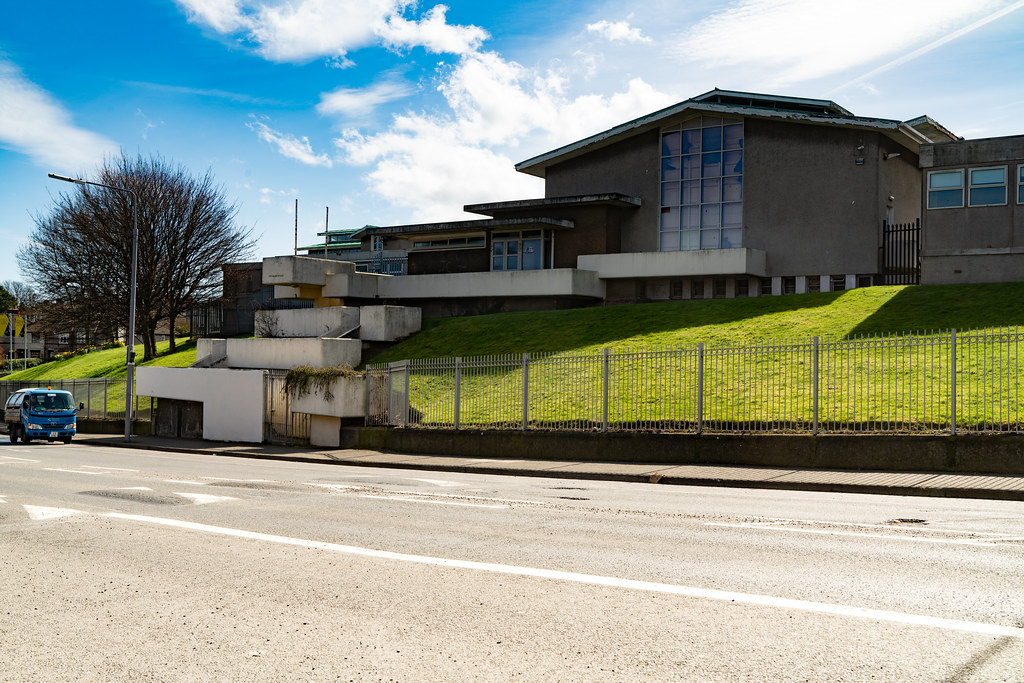INCHICORE DUBLIN
Inchicore's centre, at the junction of Emmet Road and Tyrconnell Road, retains a village atmosphere. The area includes one bank, a variety of local stores including a butcher/deli, hardware, ethnic stores, and two mid-size supermarkets. The village is served by several pubs, including the ancient Black Lion Inn, and several restaurants and take-aways including an Italian Restaurant called Enotica Torino.
Inchicore has a strong association with the national transportation system. A large tram-yard terminus and coachworks and one of the major engineering works of the Irish railway network are located here. They are still a major employer among other significant industries and national distribution depots.
The River Camac enters Inchicore flowing northeast from the Landsdowne Valley in Drimnagh. It flows east through Inchicore, and on through Kilmainham and under Bow Bridge, falling into the River Liffey under Heuston Station. Much of its course is now culverted and covered by buildings. During the eighteenth century small industries, primarily paper and textiles, developed along the Camac, which at the time was characterised by water mills, water wheels and weirs. In the 18th century, mills at Goldenbridge (Glydon Bridge) were producing paper and flour. Much of the industrial archaeology has disappeared but remnants still exist in the area. Kilmainham mill still exists and much of the machinery is still in place. Although derelict a new committee has been set up with a view to securing its preservation.
Other watercourses in the area include the Creosote Stream, which passes through the railworks, and comes to the Liffey at the western end of the War Memorial Gardens.
The Irish National War Memorial Gardens, containing a monument designed by Sir Edwin Lutyens, lies just to the north of Inchicore; there is an Inchicore entrance on Con Colbert Road. It commemorates the fallen Irish of the Great War. Official record books held in museum buildings there are inscribed with the names those who gave their lives. The gardens are also accessible from the South Circular Road, en route toward Phoenix Park can be accessed by crossing over Islandbridge (Sarah Bridge).
Goldenbridge Cemetery in Inchicore was the first dedicated Roman Catholic cemetery in Ireland opened after Catholic Emancipation. The U.K. Catholic Relief Act 1829 was passed by the Duke of Wellington's government, and signed by the King under some Prime Ministerial pressure. In 1830 Daniel O'Connell, the Liberator, who was the vigorous Irish leader of the campaign for Emancipation was able to take his House of Commons seat as the first Roman Catholic M.P. (Clare) in the U.K. Parliament since 1649. Goldenbridge is the final resting place of modern Ireland's first head of government, President of the Executive Council W. T. Cosgrave who died in 1965.
Nearby Kilmainham Jail, now a national museum, was the scene of the execution of leaders of Easter Rising of 1916.
St. Michael's National School is built on the site of the former Richmond Barracks. Prisoners were taken there for processing after the surrender of the insurgents in 1916. Timothy Coughlin, one of the trio of Republican dissidents who assassinated Kevin O'Higgins, Minister of Justice of the Irish Free State in 1927, lived there.
Inchicore has a strong association with the national transportation system. A large tram-yard terminus and coachworks and one of the major engineering works of the Irish railway network are located here. They are still a major employer among other significant industries and national distribution depots.
The River Camac enters Inchicore flowing northeast from the Landsdowne Valley in Drimnagh. It flows east through Inchicore, and on through Kilmainham and under Bow Bridge, falling into the River Liffey under Heuston Station. Much of its course is now culverted and covered by buildings. During the eighteenth century small industries, primarily paper and textiles, developed along the Camac, which at the time was characterised by water mills, water wheels and weirs. In the 18th century, mills at Goldenbridge (Glydon Bridge) were producing paper and flour. Much of the industrial archaeology has disappeared but remnants still exist in the area. Kilmainham mill still exists and much of the machinery is still in place. Although derelict a new committee has been set up with a view to securing its preservation.
Other watercourses in the area include the Creosote Stream, which passes through the railworks, and comes to the Liffey at the western end of the War Memorial Gardens.
The Irish National War Memorial Gardens, containing a monument designed by Sir Edwin Lutyens, lies just to the north of Inchicore; there is an Inchicore entrance on Con Colbert Road. It commemorates the fallen Irish of the Great War. Official record books held in museum buildings there are inscribed with the names those who gave their lives. The gardens are also accessible from the South Circular Road, en route toward Phoenix Park can be accessed by crossing over Islandbridge (Sarah Bridge).
Goldenbridge Cemetery in Inchicore was the first dedicated Roman Catholic cemetery in Ireland opened after Catholic Emancipation. The U.K. Catholic Relief Act 1829 was passed by the Duke of Wellington's government, and signed by the King under some Prime Ministerial pressure. In 1830 Daniel O'Connell, the Liberator, who was the vigorous Irish leader of the campaign for Emancipation was able to take his House of Commons seat as the first Roman Catholic M.P. (Clare) in the U.K. Parliament since 1649. Goldenbridge is the final resting place of modern Ireland's first head of government, President of the Executive Council W. T. Cosgrave who died in 1965.
Nearby Kilmainham Jail, now a national museum, was the scene of the execution of leaders of Easter Rising of 1916.
St. Michael's National School is built on the site of the former Richmond Barracks. Prisoners were taken there for processing after the surrender of the insurgents in 1916. Timothy Coughlin, one of the trio of Republican dissidents who assassinated Kevin O'Higgins, Minister of Justice of the Irish Free State in 1927, lived there.
You will find links to buy products from Amazon, Google and other partners. If you click on these links, you’ll find that the URL includes a small extra piece of text which identifies that the click came from my websites. This text is an affiliate code, and it means that I get a small percentage of the money you spend if you choose to buy that product, or, in some cases, other products from the site soon after. These affiliate links help pay the costs of producing my websites and ensure that the content is free to you.
COPYRIGHT INFORMATION BELOW APPLIES ONLY TO PHOTOGRAPHS

This work by William Murphy aka Infomatique is licensed under a Creative Commons Attribution-NonCommercial-ShareAlike 4.0 International License.
Permissions beyond the scope of this license may be available at https://excellentstreetimages.com/in-the-year-twentytwenty/copyright/.




